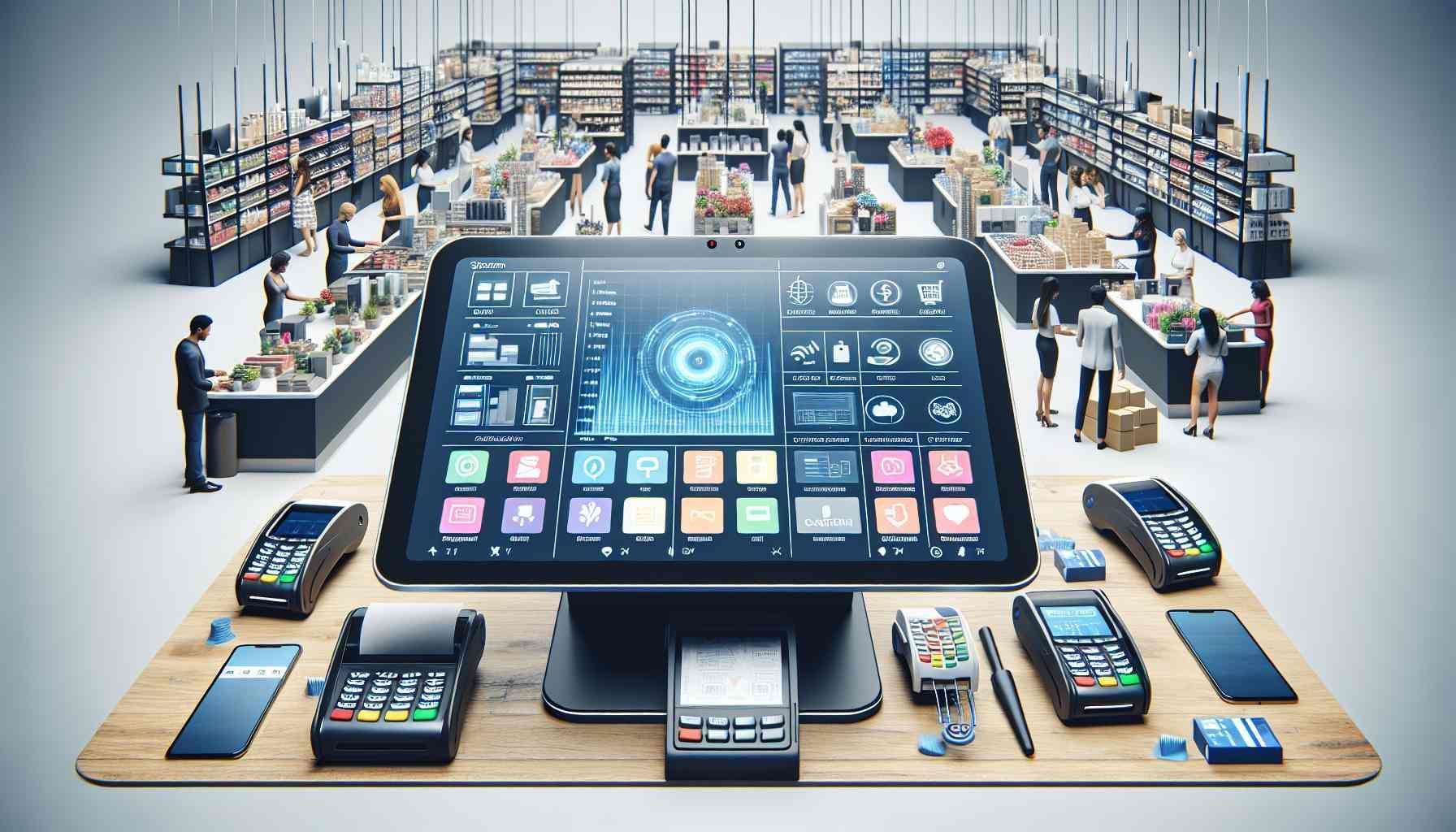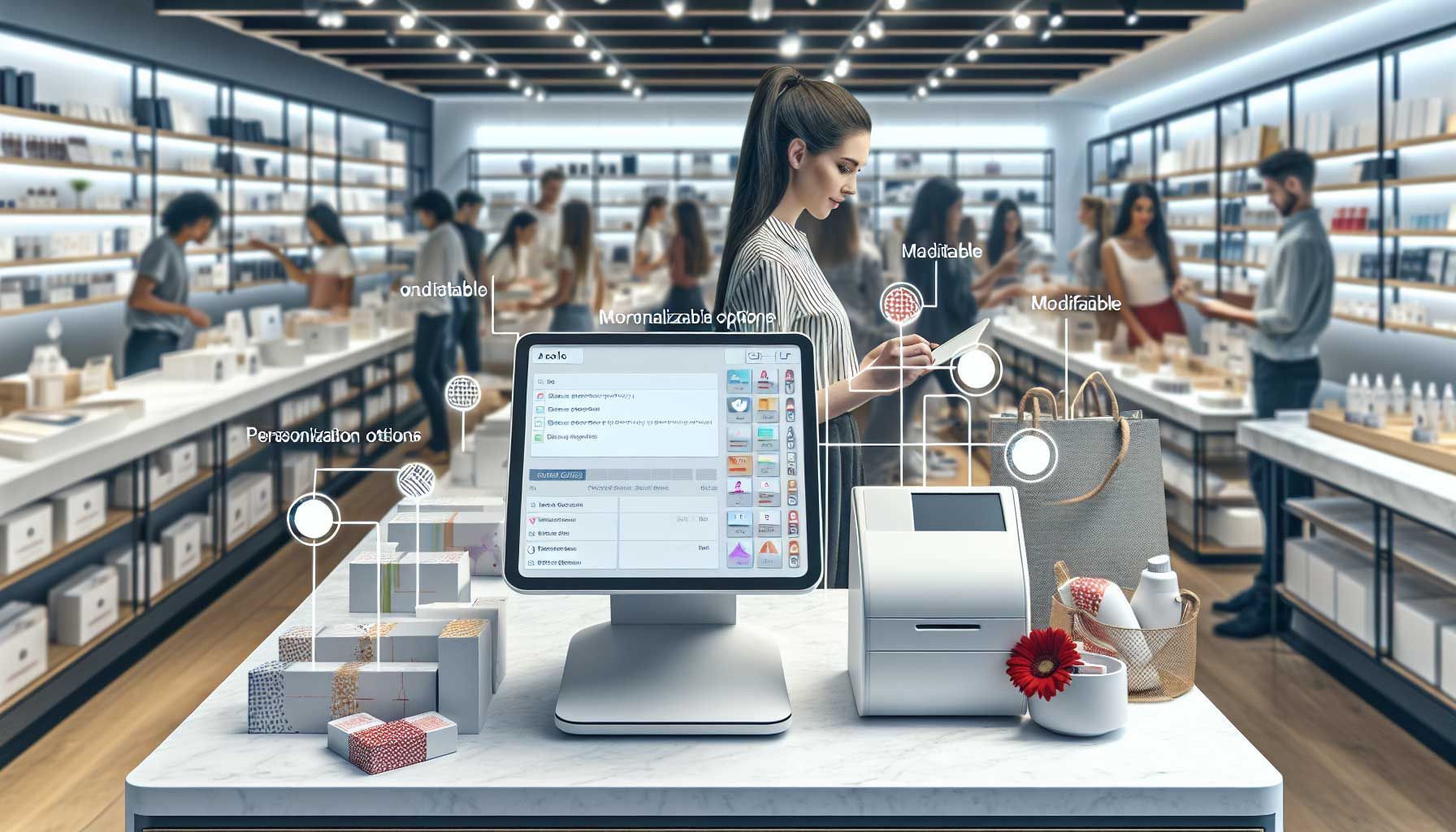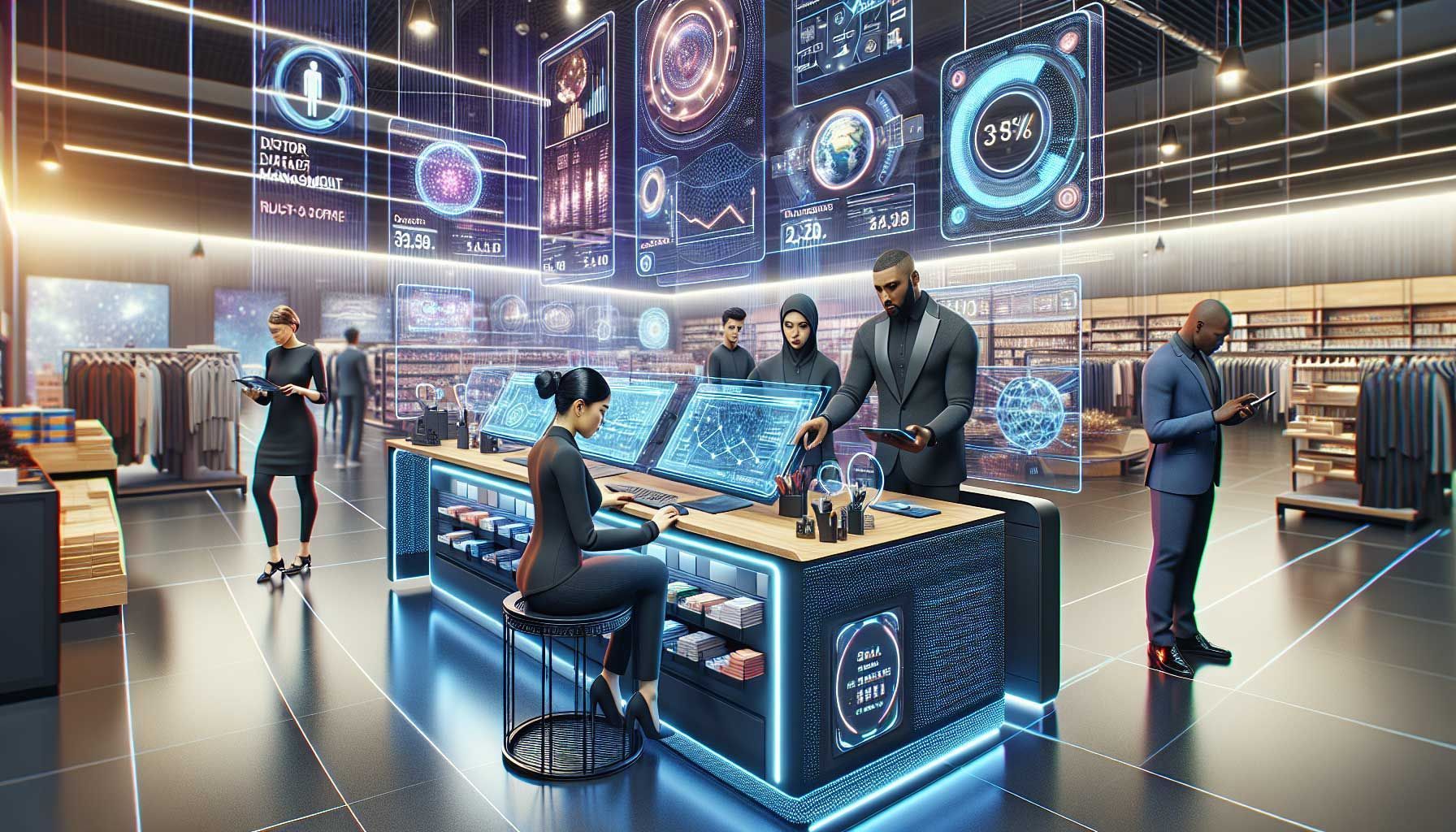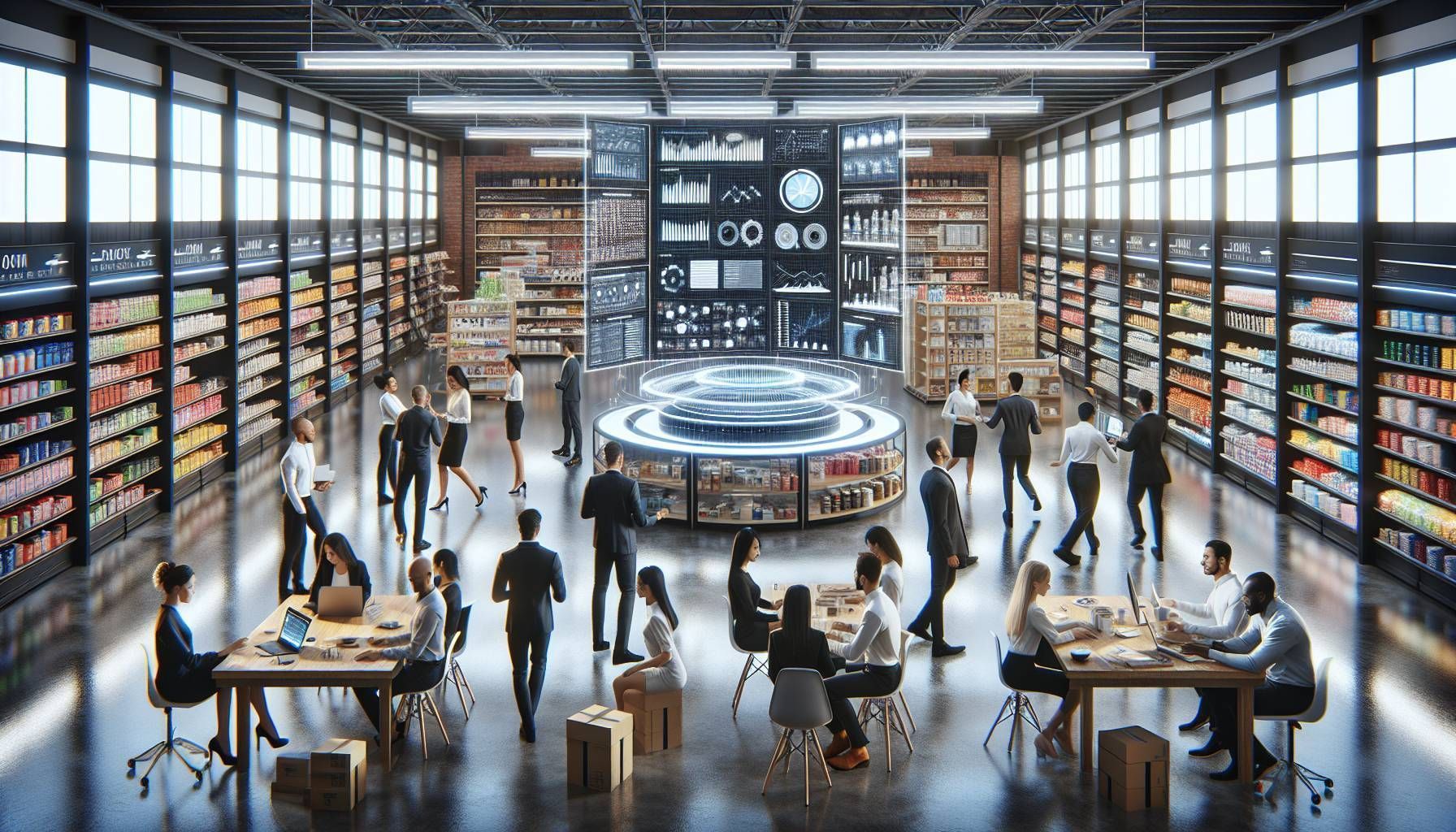How to Launch a Winning B2B SaaS Company for Retailers
Start your B2B Saas company for retailers today
There are many benefits to launching a B2B SaaS company for retailers, including increased sales, improved efficiency, and enhanced customer satisfaction. However, it is important to note that there are also some challenges involved in launching such a business. In order to be successful, you will need to establish a strong business model and build an innovative product that solves your target audience's problem. Additionally, you will need to focus on relationship building and leverage automation and integrations to grow your company.
If you are interested in launching a B2B SaaS company for retailers, then this blog post is for you. We will outline the steps involved in building such a business, as well as some strategies for growing your company. We will also provide some tips on outlining your company's future success.
What is a B2B SaaS Company for Retailers?
A B2B SaaS company for retailers is a software as a service company that provides software solutions specifically tailored for businesses in the retail industry. There are a few problems you could solve by launching a B2B SaaS company for retailers, including:
Increase Efficiency: By streamlining operations and automating tasks, a B2B SaaS company can help retailers increase efficiency and boost productivity.
Improve Customer Service:
A B2B SaaS platform can help retailers provide better customer service by giving them access to data and analytics that can help them understand customer needs and preferences.
Reduce Costs: A B2B SaaS solution can help retailers reduce costs by eliminating the need to invest in hardware and software infrastructure.

How to Build a B2B SaaS Platform for Retailers
1. Which retailer are you targeting and what is their challenge
To build a B2B SaaS platform for retailers, you first need to identify your target audience and what problem they need solved. Are you targeting small businesses? Mid-sized businesses? Enterprise businesses? Each type of business will have different needs and requirements.
Once you've identified your target audience, you need to determine what problem they need solved that your platform can address. What pain point are they facing that needs to be alleviated? Without a problem to solve, there is no reason for them to use your platform.
Example: we first focus only on jewelers (a specific industry) with a physical store that found it a challenge to integrate the digital world.
2. Develop a complete solution to solve their problem
Now that you know who your target audience is and what problem they need solved, it's time to develop an innovative product that can address their needs. This product should be unique and offer a better solution than what's currently available on the market.
To develop a successful product, you'll need to create a detailed product roadmap outlining all the features and functionality that will be included in the final product. This roadmap will serve as a guide during the development process and help ensure that your team is building the right thing. However, just start with the most simple version and get people paying for it as quickly as possible.
Example: we build a central
PIM system connected to a
POS system integrated
websitebuilder. Suppliers have access through a
B2B Sales App. We started by building the PIM to easily show stock products on webshops. Nowadays you can resell this complete solution.
3. Establish a strong business model
Before you start building your platform, it's important to establish a strong business model so that you can generate revenue from day one. There are many different ways to monetize a SaaS platform, so you'll need to decide which pricing model makes the most sense for your business. Will you charge per month? Per user? Pay as you go? Once you've decided on a pricing model, it's time to start building out your sales funnel so that you can start generating leads and converting them into paying customers.
Example: We have chosen to charge per location, regardless of the number of users or products. This way it is always simple what the customer has to pay.
4. Start bootstrap or secure funding
The final step in building your B2B SaaS platform is to either bootstrap it or secure funding from investors. If you're bootstrapping, this means self-funding the development of your platform with personal savings or revenue from other sources (like consulting work).
If you're looking for outside funding, this means going through the process of pitching investors and raising capital from them. Both options have their pros and cons, so it's important to weigh all factors before deciding which route to take.
Example: We have chosen the bootstrap way to maintain maximum flexibility and speed.

Strategies for growing your B2B SaaS company for retailers
1. Focus on relationship building
The key strategy for growing your B2B SaaS company for retailers is to focus on relationship building. This means developing strong relationships with both retailers and partners.
Customer relationships are important because they can lead to repeat business and positive word-of-mouth marketing. To build strong customer relationships, focus on providing excellent customer service and creating a great customer experience.
Partner relationships are also important because they can help you expand your reach and scale your business faster. To build strong partner relationships, look for companies that complement your own products or services and that share similar values and goals.
Example: the first 10 customers are the hardest. After that it just gets easier. Make sure you can always be reached by mobile and give these customers extra attention. Even if you don't immediately benefit from it in terms of profit.
2. Optimize your pricing model
Another step to growing your B2B SaaS company for retailers is to optimize your pricing model. There are a few things you should keep in mind when doing this:
First, make sure your pricing is aligned with the value your product or service provides. If you're providing a high-quality product or service, you should charge accordingly.
Second, don't be afraid to adjust your prices as your company grows and scales. As you add more features and functionality, you may need to increase your prices to reflect the added value.
Finally, make sure you have a clear understanding of your target market's willingness to pay for your product or service. This will help you determine the right price point for your company.
Example: while price is never the primary reason people choose you, we made sure to stay competitive with other providers. For example, offers the first customers free support.
3. Leverage automation and integrations
Another way to grow your B2B SaaS company for retailers is to leverage automation and integrations. Automation can help you save time and money by automating repetitive tasks such as billing, invoicing, and customer support requests. Integrations can help you expand the reach of your products or services by integrating with other popular software platforms.
Both automation and integrations can help you grow your business by freeing up time and resources so you can focus on more important tasks.
Example: By making more integrations, more customers found us through these channels.
4. Establish a solid brand identity
Finally, another strategy for growing your B2B SaaS company for retailers is to establish a solid brand identity. This means creating a strong name, logo, and brand message that resonates with your target market. It also means creating a consistent look and feel across all of your marketing materials, from your website to your social media accounts.
A strong brand identity will help you attract new customers and partners, and it will also help you retain existing customers.
Example: we never stopped investing in marketing. It doesn't have to be much, but make sure people hear from you a lot.

Outlining your company’s future
1. Stay up-to-date on trends, but follow your own plan.
It’s important to stay up-to-date on the latest consumer trends. This will help you anticipate changes in the market and adapt your product or service accordingly. To do this, you can:
• Read trade publications: There are many publications that focus on specific industries. By reading these, you can learn about the latest trends affecting your industry.
• Attend trade shows: Trade shows are a great way to network and learn about new products and services. Many times, there will be seminars or workshops where you can learn more about upcoming trends.
• Conduct market research: You can use surveys, interviews, and focus groups to collect data about current and future trends. This information can be very helpful in making decisions about your business.
Nevertheless, it is not essential to immediately jump into every trend. Keep offering more value than the competition and you'll be fine!
2. Develop a customer feedback system
Customer feedback is essential for any business, but it’s especially important for B2B SaaS companies. This feedback can help you improve your product or service and make sure that it’s meeting the needs of your customers. There are a few different ways to collect customer feedback:
• Surveys: You can send out surveys via email, social media, or online forms to gather feedback from your customers. Make sure to keep the survey short and concise so that people are more likely to take it.
• Interviews: Another option is to conduct interviews with customers either in person or over the phone. This gives you an opportunity to ask questions and get detailed responses from your customers.
• Focus groups: Focus groups are similar to interviews but involve a group of people instead of just one person. This can be a great way to get different perspectives on your product or service.
3. Create strategic partnerships
Partnering with other businesses can be a great way to grow your B2B SaaS company. When choosing a partner, it’s important to find one that complement your business. For example, if you offer a retail POS system, you could partner with a company that sells retail hardware like scanners and printers. In addition, you could collaborate with someone who is doing website design. This would give your customers a one-stop shop for all their retail needs.
There are a few different ways to find potential partners:• Attend trade shows: Trade shows are a great place to meet other businesses in your industry. You can exchange business cards and set up meetings to learn more about each other’s companies.
• Join industry associations: There are many associations for different industries that you can join. This is a great way to network with other businesses and learn about potential partnerships.
• Use online resources: There are many websites and online directories that can help you find potential partners. You can also use social media sites like LinkedIn to connect with other businesses in your industry.
4. Create a scalable roadmap
As your B2B SaaS company grows, it’s important to have a plan for scaling your business. This will help you avoid common mistakes that can lead to failure when expanding too quickly. A few things to keep in mind when creating a scalable roadmap:
• Forget customization: do not always respond to all customer wishes with customized solutions! It will slow you down in the long run.
• Set realistic goals: It’s important to set achievable goals so that you don’t get overwhelmed or discouraged along the way. Try setting short-term and long-term goals so that you have something to work towards as you grow.
• Build slowly and steadily: It’s often better to grow slowly at first so that you can make sure everything is running smoothly before expanding too quickly. You can always ramp up the growth later on once things are running more smoothly.
• Prioritize quality over quantity: When expanding, it’s more important to focus on quality rather than quantity. It’s better to have a smaller number of high-quality customers than a large number of low-quality customers who are likely to churn quickly.
Conclusion
A B2B SaaS company for retailers can be a great way to launch a successful business. There are many benefits to launching such a company, including the ability to reach a larger audience and the potential to generate more revenue.
To build a successful B2B SaaS platform for retailers, it is important to focus on developing an innovative product that solves a specific problem for your target audience. Additionally, it is essential to establish a strong business model and start bootstrapping or securing funding.
Once your company is up and running, there are several strategies you can use to grow your business, such as optimizing your pricing model, focus on relationship building, and leveraging automation and integrations.
As you look to the future of your B2B SaaS company for retailers, it is also important to analyze consumer trends, develop a customer feedback system, create strategic partnerships, and create a scalable roadmap. By following these tips, you can launch a successful B2B SaaS company for retailers that will be poised for long-term success.

We look forward to share the best strategies with you.
Thank you!

Bring your shop to the next level
Hi, I'm George and I like retail and technology. Therefore, my passion here at Retailgear.com is to provide you with reliable information to automate and digitize your store. You can find out what we can do for your industry through our menu. Also, feel free to check out this updated list of retail tools.
Get inspiration in your inbox to get more sales and store visitors with less effort.











